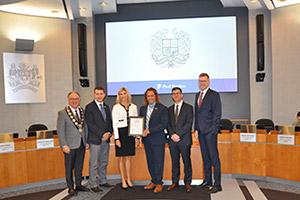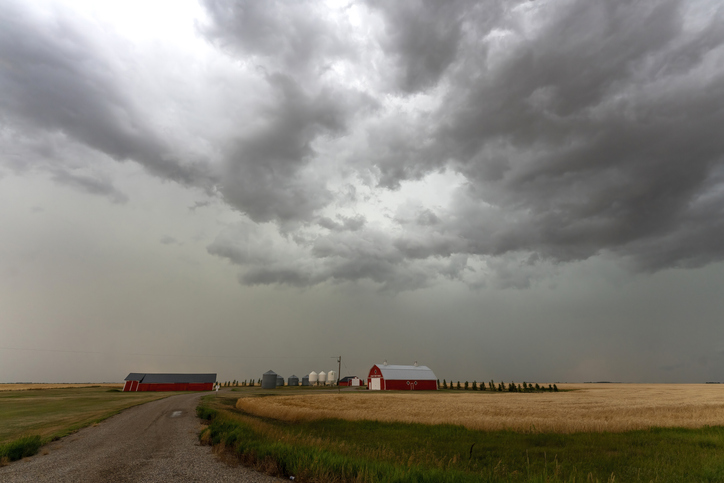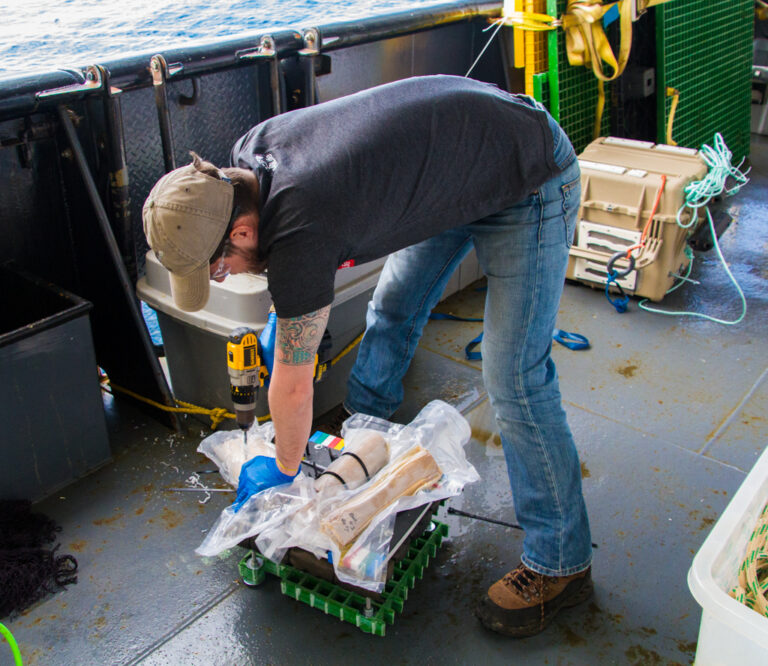Researchers at McGill University have identified bacteria that may provide an early warning of toxic blue-green algae (cyanobacteria) blooms. The method could help indicate whether further testing is needed to determine if a lake’s water poses health risks.
The study, led by Lara Jansen in Professor Jesse Shapiro’s lab at McGill’s Department of Microbiology and Immunology, found that certain bacterioplankton are consistently more abundant in toxic blooms. Some of these bacteria are related to those that break down cyanotoxins, suggesting that shifts in bacterial populations could signal when a bloom is hazardous.
The team collected water samples and analyzed DNA extracted from the aquatic bacterial community (bacterioplankton), comparing them to a database of DNA sequences to identify the types of bacteria present in the lake.
“Sampling bacteria is a relatively cost-effective measure, because DNA sequencing costs have come down a lot,” Jansen said. “It’s useful to find tools that can capture data cheaply, because these sites are often far from major urban centres.”
The researchers also tested for microcystin, the most common cyanotoxin in these lakes, and found that the bacteria appeared during the same timeframe. This finding confirmed the bacteria’s presence as a probable harbinger of toxins.
Current toxin testing methods are costly and must be repeated throughout a bloom. The researchers say tracking bacterioplankton offers a more efficient approach to flag potential risks and guide further testing.
Even with testing, Jansen noted that public health messaging around harmful algal blooms remains a challenge.
“There can be advisories in place, but people are still boating – and water aerosolization can carry toxins into the air,” she said. “I had to encourage people myself not to go in the water. Agencies are doing their best, but it’s hard with limited personnel.”
Understanding how bacteria respond to toxic blooms could help improve risk communication and guide more timely interventions, Jansen said.
The study, “Shifts in bacterioplankton during cyanobacterial blooms reflect bloom toxicity and lake trophic state,” was published in Harmful Algae in November 2025.











